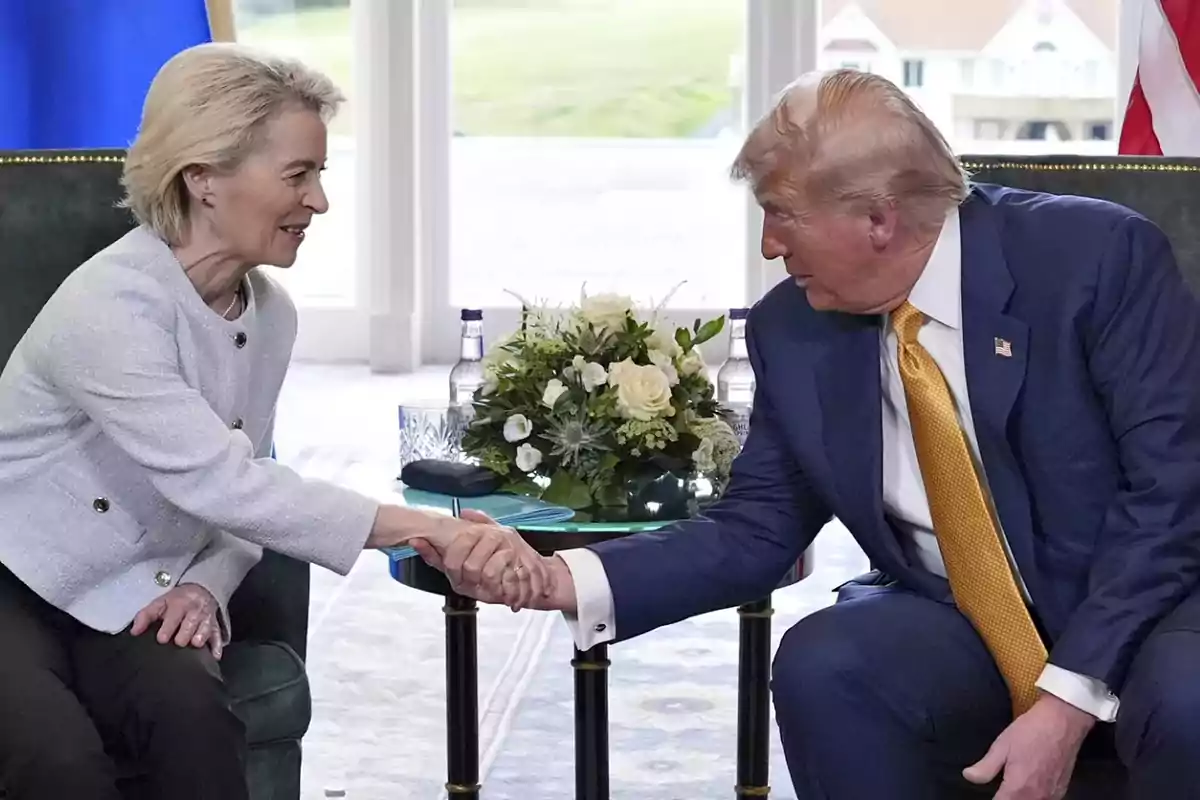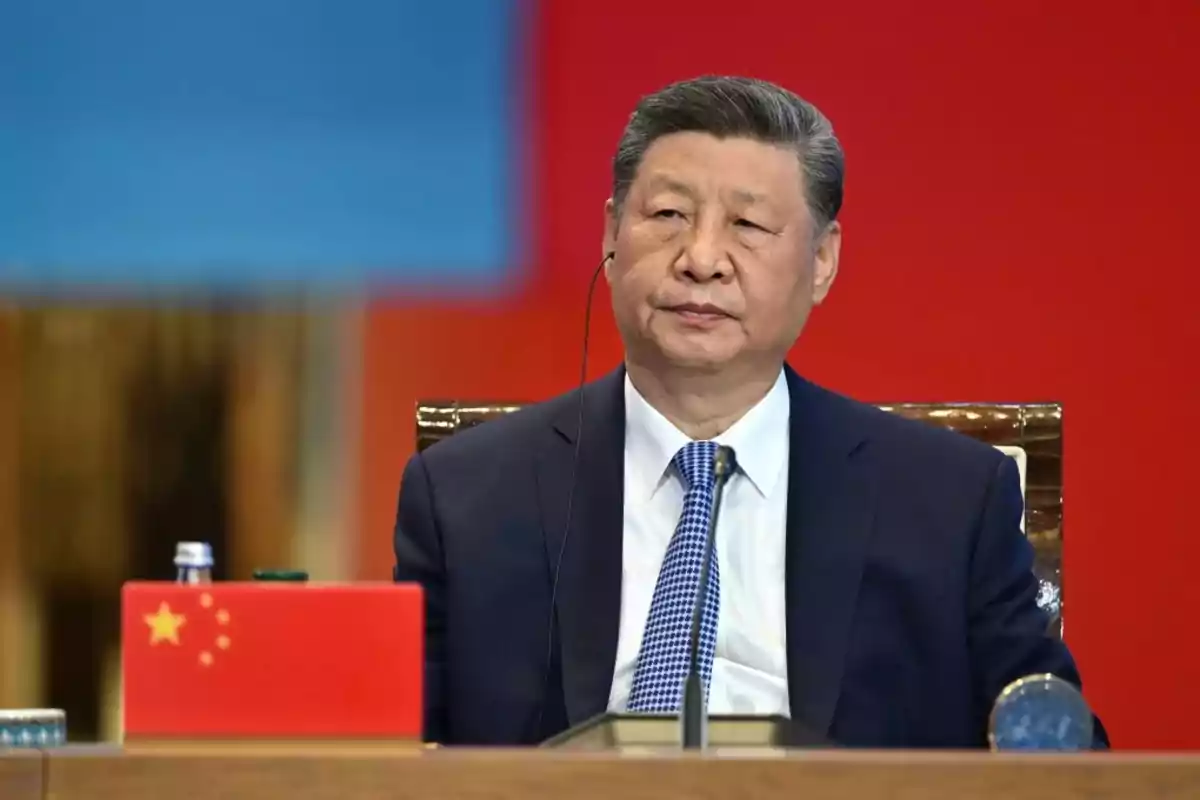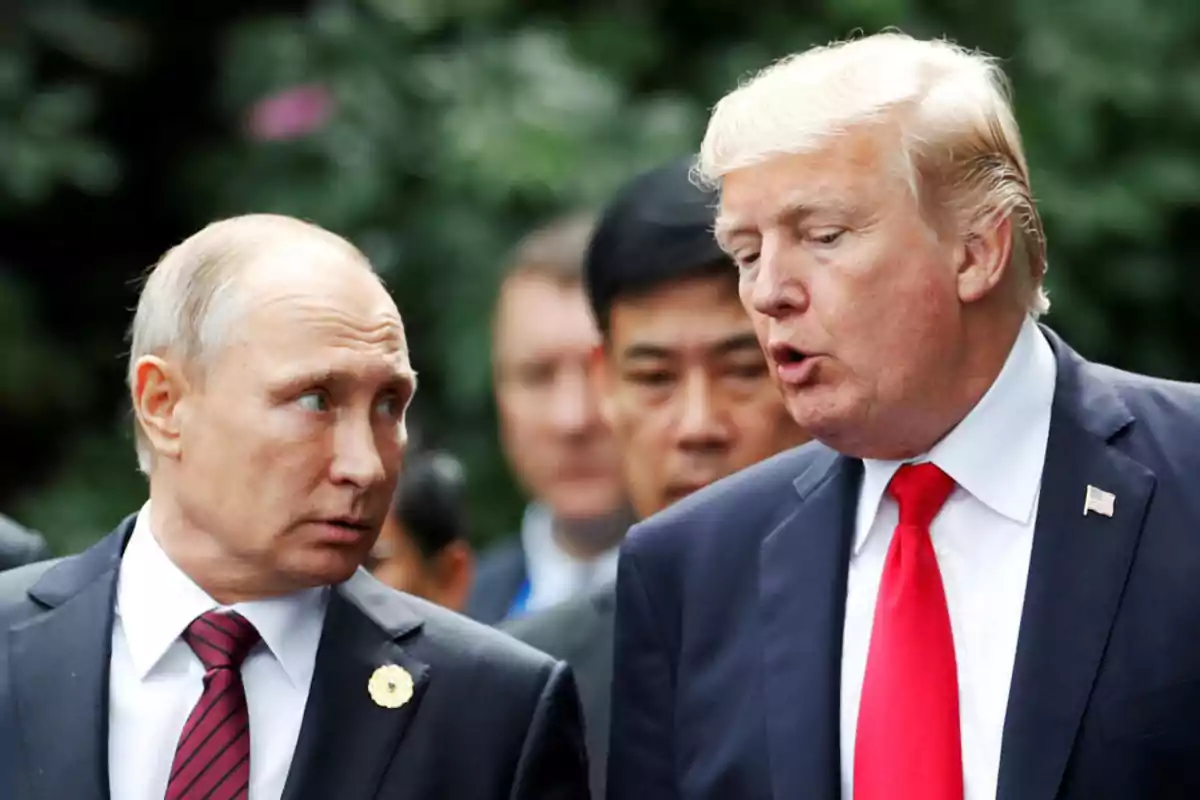
Thanks to Trump, the European Union and the U.S. reached a historic trade agreement.
After tough negotiations with the European Union, Trump's administration achieved one of the biggest trade agreements in history
A historic trade agreement with the European Union (EU) was announced this Sunday by President Donald Trump.
Under the terms of the agreement, the 27-country bloc would commit to purchasing $750 billion in American energy and investing another $600 billion in the country above current levels.
The announcement was also accompanied by the imposition of a new 15% tariff on most European products, which caused high expectations among sectors of both economies.
Some European leaders were expecting a reduction to 10%, aligned with the tariffs that the United States already applies to imports from other countries such as the United Kingdom, but Trump was blunt on the matter: "Does better mean lower? No", he replied to a journalist.

"The biggest deal ever made"
Trump described the pact as "the biggest deal ever made" and presented it after a meeting with the president of the European Commission, Ursula von der Leyen, at his Turnberry resort in Scotland during his four-day visit to the United Kingdom.
According to the president, the agreement will solve most of the outstanding trade disputes between the United States and the EU, although he clarified that pharmaceutical products will not be part of the pact, since his policy is for these to be manufactured in American territory.
Gracias a Trump, la Unión Europea y EEUU llegaron a un gran acuerdo comercial
What Trump fixed
Days earlier, the Republican had admitted that there were still between three and four contentious points to solve with Brussels, with his most frequent complaints being European policies on automobiles and agricultural products.
The United States has been claiming for years that it faces barriers to exporting automobiles and agricultural products to Europe, while manufacturers from the old continent sell millions of units in the American market without similar obstacles.
Trump was also critical of the unfair trade practices advocated by Europe and defended his tariff policy as a measure to balance trade relations.

The focus now shifts to China and Russia
So far, on the international stage, the United States has signed tariff agreements with the United Kingdom, Vietnam, Japan, Indonesia, and the Philippines.
In addition, it keeps a series of tariffs already in force: 25% on automobiles, aluminum, and steel, as well as similar tariffs on products from Canada and Mexico that are not included in the USMCA agreement.
Even more importantly, Trump has declared a "tariff truce" with China and gave Beijing until August 12 to reach a broader agreement.
Meanwhile, regarding Russia, the White House has issued an ultimatum to reach a peace agreement with Ukraine within 50 days, or else it will impose secondary tariffs of 100% on Russian energy, that is, levies applied to countries that purchase energy from Moscow.

More posts: